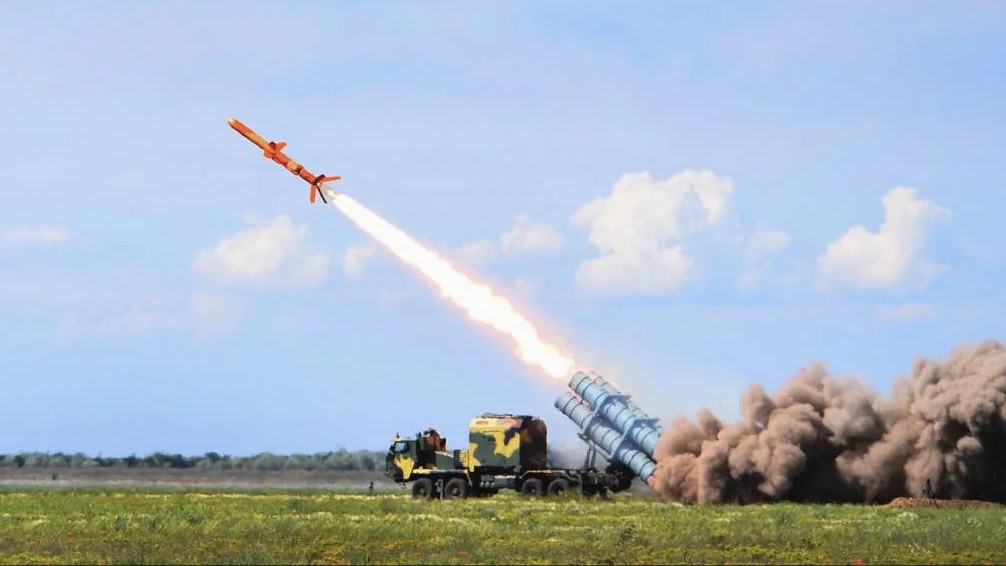Spain Pushes Forward with Feasibility Study to Equip NH90 Helicopters with Advanced NSM Missile

Spain's Ministry of Defence has taken a major step to advance its naval and aerial defense capabilities by commissioning a €10 million feasibility study to assess the integration of the Naval Strike Missile (NSM) onto an advanced variant of the NH90 helicopter, known as the HSPN. This initiative reflects Spain's broader ambition to modernize and harmonize its military assets, with Airbus Helicopters leading the charge in developing a new anti-submarine and anti-surface warfare configuration of the NH90.
This year-long research project is part of Spain's effort to upgrade the NH90, a helicopter already in service with the Spanish Army and Air Force, where it has proven effective in roles like combat search and rescue (CSAR) and special operations. However, for the Spanish Navy, the proposed HSPN model would represent a leap forward, equipped to tackle complex maritime threats. Notably, the HSPN variant is expected to include cutting-edge technology from leading Spanish defense firms, such as Indra's electronic warfare systems and SAES’s acoustic sensor solutions.
The NH90 platform itself boasts advanced specifications. It has a maximum take-off weight of around 11 tonnes, with a range of 430 nautical miles (nearly double that of previous helicopters like the Super Puma). The HSPN configuration will add features like automatic blade and tail folding, a necessity for seamless operations aboard naval vessels. It is expected to work in tandem with Spain’s C-295 maritime patrol aircraft and new F-110 frigates.
Integrating the NSM-AL missile—an air-launched version of Kongsberg’s versatile Naval Strike Missile—could give the NH90 a formidable anti-ship capability. The NSM’s low radar signature and high precision make it a critical addition, aligning with Spain’s plans to deploy the missile across other naval platforms, such as F-100 frigates and S-80 submarines. Moreover, this study will explore how effectively the NH90 HSPN can sync with tactical data links like Link 16 and TCDL, crucial for real-time battlefield communication and information sharing.
Overall, this ambitious study underlines Spain's commitment to maintaining a sophisticated, interoperable defense fleet, leveraging both domestic and international expertise to secure its strategic interests.


